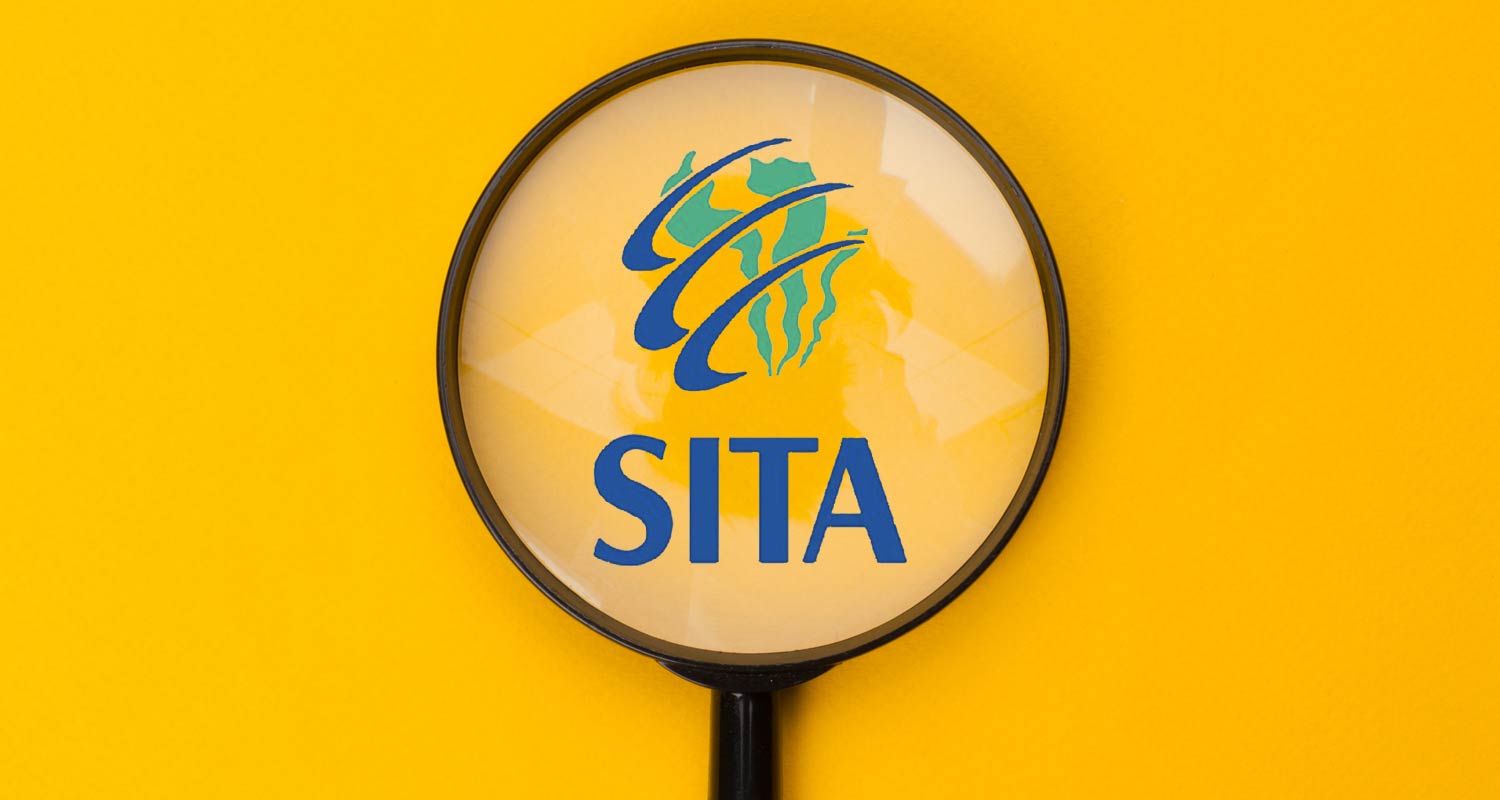The South African government spends billions of rand annually on technology and infrastructure, yet citizen-facing systems are well-known for being inadequate for the task.
From chronic billing issues in municipalities like the City of Johannesburg to cries of “offline” at every home affairs office in the country, South Africans are left frustrated by systems that should be making their lives easier. Instead of enabling efficiency and transparency, many of these investments result in outdated, overpriced and poorly integrated solutions that fail to deliver real value to citizens.
It is incredible that in this modern era, the government still uses a laminated piece of paper as a driving licence, and even if you ignore how outdated this is, the printer used to print this piece of paper costs hundreds of millions of rand.
The cost of the printer alone should have allowed the government to contract a local supplier to build the entire driver’s licence system, including a printer, at a fraction of the cost – and deliver a better service to its citizenry. I say this with some authority, as MIP currently touches the lives of approximately 24 million South Africans with at least one of our financial services platforms, and we never see prices like the government gets quoted on in the press for building IT systems.
This has resulted in a never-ending cycle of inefficient IT expenditure. Every system that doesn’t work properly needs to be replaced with another that promises to perform the task better, but which usually costs even more. While this might not be the most efficient way to do things, it would still be appropriate if government was following the same kind of procurement processes a private company would, where cost efficiency and support were two of the primary considerations.
Instead, government often pays well above private sector benchmarks for the same or similar solutions. For example, software licensing, infrastructure projects and enterprise systems should be cheaper for government as a result of massive volumes, but a lack of competitive benchmarking often leads to inflated costs rather than savings.
Paying too much
The current bureaucratic processes followed by government prioritise compliance over cost efficiency, and many of the systems purchased by government over the years come from large international vendors that charge in US dollars. These companies often have entrenched contracts, allowing them to dictate terms, leaving government with very little room to negotiate better pricing.
In other words, government lacks the commercial leverage and agility of the private sector, which would never pay the same prices for their solutions. Private companies routinely benchmark vendor pricing, negotiate aggressively and leverage scale. They usually have strong procurement offices, CIO oversight and regularly do cost/benefit analyses to keep prices competitive.
Read: Tech push helps Sars deliver R78-billion revenue boost
Government, on the other hand, seems to lack the ability to evaluate, and instigate, the fair market value of tech solutions. Rather than focusing on how much government pays for its IT solutions, we should rather be asking who is responsible for vetting pricing and how that can be improved.
The State IT Agency is supposed to drive efficiencies, keep costs under control and ensure value for money in government tech procurement, but several structural and systemic issues prevent it from keeping costs down. Sita operates under strict public procurement rules, which prioritise compliance and process over cost-effectiveness. This slows down procurement and often leads to government paying “list price” instead of negotiated, market-competitive rates.
 Unlike the private sector, Sita doesn’t always leverage its scale to push for bulk discounts across departments. Vendors know that processes are rigid and can price solutions higher without as much pushback. In addition, many departments are locked into long-term contracts with major vendors for critical systems, so exiting or renegotiating these agreements is expensive and difficult and costs remain inflated.
Unlike the private sector, Sita doesn’t always leverage its scale to push for bulk discounts across departments. Vendors know that processes are rigid and can price solutions higher without as much pushback. In addition, many departments are locked into long-term contracts with major vendors for critical systems, so exiting or renegotiating these agreements is expensive and difficult and costs remain inflated.
A new approach to pricing oversight
The private sector benchmarks aggressively, comparing vendor pricing, pushing for cost reductions and demanding a return on investment. If the same discipline was applied in the public sector, taxpayers could see significant savings.
Instead of trying to manage everything in-house, government should leverage the experience of private sector companies to lower its tech costs. For example, any solutions priced over R3-million should require independent vetting, preferably by people who have implemented similar systems before. This could easily be achieved through the creation of a cross-sector overview committee to benchmark and validate costs.
Read: Malatsi promises to tear up old policy playbook
From basic infrastructure to advanced technology, government will continue to pay too much without systemic change. Overspending will continue to erode budgets and taxpayer trust unless a smarter approach is taken, and the establishment of a cross-sector overview committee could free up billions for service delivery and development priorities. Partnering with private sector experts can help secure fair pricing, avoid waste and ensure solutions deliver true value.

